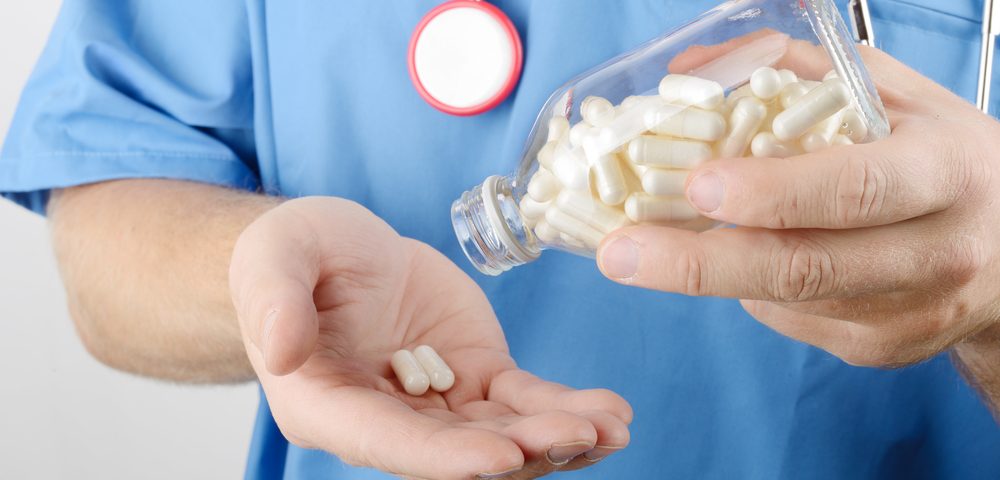Use of the cholesterol-lowering drug Pravachol (pravastatin) before radiation therapy markedly reduces radiation-induced toxicity, researchers observed in a mouse mesothelioma model.
The study, “Pravastatin Reduces Radiation-Induced Damage to Normal Tissues,” was presented recently at the American Society for Radiation Oncology 2016 Annual Meeting. It showed Pravachol has radioprotective effects in the lung and intestine, which may have important therapeutic implications by reducing radiation-derived side effects.
Chemotherapy, surgery and radiation therapy are the three main treatment options for patients with mesothelioma. Although survival rates from radiation therapy are comparable to the other two main treatments, healthy tissue toxicity still remains a dose-limiting factor for this treatment.
Pravachol, an inhibibor of the HMG-CoA reductase protein, is approved to lower cholesterol levels and to prevent cardiovascular disease in high-risk individuals. Given that previous studies suggested that Pravachol can reduce the radiation-mediated inflammatory outbreaks by acting on the cells lining blood vessels (endothelial cells), researchers sought to examine if Pravachol had radioprotective effects in an experimental mouse model.
First, the researchers examined normal mice to address the radioprotective effects of Pravachol. Mice were divided into two groups, one receiving Pravachol prior to the radiation therapy, and the other receiving radiation therapy with no prior medication. Pravachol was given to the mice in their drinking water 24 hours and 4 hours before irradiation.
Following irradiation, researchers examined cell death in the intestine and cell survival in the intestinal crypt. Results revealed that the number of viable crypts in all three parts of the small intestine (duodenum, jejunum and ileum) was nearly the double when mice were treated with Pravachol. The ileum showed the most significant increase from 6.41 to 15.44 viable crypts.
Cell death also was found to be decreased by Pravachol treatment. The cell death index in the duodenum, jejunum and ileum was 0.19, 0.23, and 0.28 in the control group, whereas in the Pravachol group it was 0.08, 0.10, and 0.10, respectively. This difference reached statistical significance in all parts of the intestine.
After examining the lungs of irradiated mice, with or without prior Pravachol treatment, researchers also found less radiation-induced DNA damage and cell death in the Pravachol group.
In a mouse mesothelioma model, the researchers observed that Pravachol did not affect the growth of mesothelioma tumors, posing itself as an attractive therapy to reduce radiation-induced side effects. Indeed, researchers believe that by reducing the toxicity levels of radiation therapy, Pravachol may increase its therapeutic window.



Small airway disease is that starting of mesothelioma. Welding for overy 40yrs and laying on asbestos blankets. Could that cause mesothelioma?